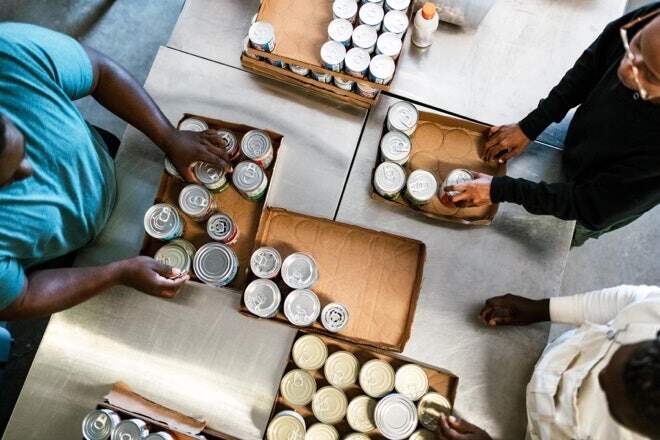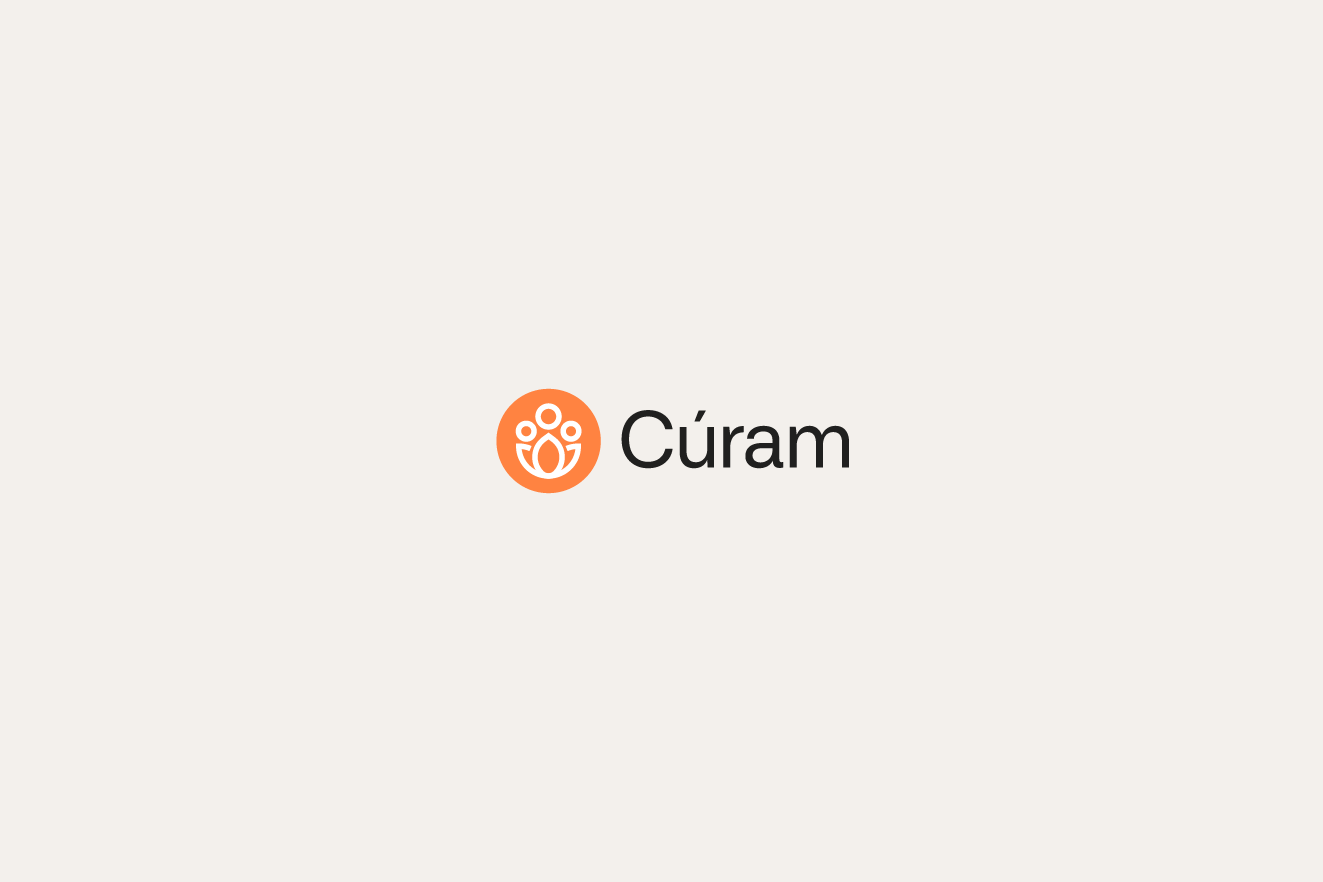Government social program management works best with integrated services

Safety net programs provide billions of dollars for vulnerable populations. But some government human services agencies are doing more – with better outcomes.
Exiting the highway, a driver sees a woman sitting on a crate in the pouring rain, holding a flimsy piece of cardboard over her head. The motorist’s instinct is to help, but they aren’t sure how. Maybe they pause to provide quick relief with an umbrella, money, or a ride to someplace dry.
Even with billions of US dollars1 allocated to safety net programs in the United States, many government agencies find themselves in the same position as the driver. They want to do more than solve individual, short-term problems. But they aren’t sure how.
Coordinating health and human services benefits
Government human services agencies traditionally focus on one need at a time: food security, healthcare coverage, rental assistance, or unemployment support, for example. But life is not so neatly boxed. We know, for instance, that among Americans receiving benefits from Medicaid/CHIP and WIC (supplemental food assistance for women, infants and children), nearly 60% were also receiving SNAP (Supplemental Nutrition Assistance Program, formerly known as Food Stamps)2. Food and health are inextricably tied, yet one social service agency may not know or coordinate other benefits.
Even if the driver had given the woman a ride to a shelter, the case worker at the shelter would have limited information on the drenched woman. The shelter is unlikely to know about her ER visit from an overdose three days prior, or the summons to appear in court for unpaid fines. Those details would certainly influence the social worker’s recommendations. But because medical, behavioral health and social services data are collected, stored, and governed separately, the shelter is limited in what information it can access.
Piloting integrated care management
Some government agencies are changing the way they work, though. At least 25 states launched federally funded programs to address health-related social needs, including housing-related services, nutrition, transportation, and interpersonal violence3. This whole-person approach, sometimes called integrated care management, brings together physical, behavioral, mental and social health services to address multiple needs. It enables people to receive help for both short-term problems, like not having a safe place to sleep, and longer-term underlying factors, like prolonged unemployment.
In 2017, California funded Whole Person Care pilots for 25 counties to coordinate medical, behavioral, and social services to improve the health and well-being of people with complex needs. Over five years, they found that one of the best ways to help populations with multiple needs–like the unhoused–was to organize care services and integrate records4. Major successes included developing partnerships to overcome care silos and using data systems to support care coordination activities– like sharing relevant enrollee information among multiple organizations involved in care4.
Serving the unhoused in Sonoma County, California
One place that’s benefited from an integrated approach is Sonoma County, California. In April 2017, the Sonoma County Board of Supervisors decided to improve the well-being, self-sufficiency, and recovery of the county’s most vulnerable residents. This came a time when the combination of rising home prices and natural disasters, including several back-to-back wildfires, created a surge in the number of unhoused.
Rather than trying to face these crises with the old, fractured way of offering services, the county formed interdepartmental, multidisciplinary teams consisting of health services, human services, community development commission (housing), probation, district attorney, sheriff’s office, courts, child support services and office of the Public Defender. They named this Project ACCESS - Accessing Coordinated Care to Enable Self Sufficiency (ACCESS)5. Their goal was to streamline intake and coordinate across different agencies to identify people with complex needs and provide them with the right services at the right time.
The county worked with Merative on a mobile-optimized platform designed for caseworkers. For the first time, Sonoma County caseworkers accessed integrated care management data across multiple agencies–and did so directly from their mobile devices5.
Making measurable change
Sonoma county engaged 6,500+ high-need individuals. As a result, 85% received needed social services, 72% were housed, and the county realized a 32% decrease in emergency department costs among frequent utilizers⁵. Additionally, participants connected with primary care providers, lowered their prescription costs, and received support for substance abuse.
“We needed place-based services and the mobility to meet clients where they were and to effectively coordinate care.” - Carolyn Staats, Director of Innovation, County of Sonoma
The progress in Sonoma County shows that connecting people to the right services doesn’t have to be a guessing game or a maze of red tape. In fact, ACCESS Sonoma is a remarkable success. In May 2022, the county of Sonoma received an additional $1.6 million federal dollars to expand the program6. Already the ACCESS model expanded to Orange County, CA and San Diego, and is under consideration at Harris County, Texas and North Dakota.
With a coordinated and holistic approach, government agencies can move caseworkers, frontline workers, and the people they serve toward longer-term solutions. Which ultimately provides high-needs individuals with a better chance of living a full life.
References
-
Center on Budget and Policy Priorities. Policy Basics: Where Do Our Federal Tax Dollars Go?**** 28 July 2022. (Accessed 12 Oct 2022).
-
United States Census Bureau. Who Is Receiving Social Safety Net Benefits? 24 May 2022. (Accessed 11 Oct 2022)
-
US Health and Human Services Agency. Assistant Secretary for Planning and Evaluation. Addressing Social Determinants of Health: Examples of Successful Evidence-Based Strategies and Current Federal Efforts. 1 April 2022 (accessed 7 Oct 2022)
-
Pourat N, Chuang E, Haley, LA et al. UCLA Center for Health Research Policy. Whole Person Care (WPC) Pilot Program Challenges and Successes: January 2017-December 2020. September 2021.
-
Robinson, Barbie and Staats, Carolyn. CWDA conference presentation. Sonoma County ACCESS- Helping the Homeless during the COVID-19 Pandemic.2020 October. (Accessed 9 Oct 2022)
-
Industry Insider. Sonoma County to Expand Award-Winning Solution With Federal Dollars. 13 May 2022 (Accessed 1 Oct 2022).
Related Articles

Merative names Marcy Tatsch as General Manager for Cúram
Effective 19 June 2023, Marcy Tatsch will lead Cúram (formerly Social Program...
By Gerry McCarthy | 1 min. read

Where do you start when tasked with delivering social security benefits to an entire country?
With Merative, The Scottish Government established a new government agency to...
By Merative | 4 min. read

Exploring five ingredients for an award-winning benefits system
The Scottish Government’s social security program has won multiple awards for its...
By Merative | 6 min. read
Ready for a consultation?
Our team is ready to answer your questions. Let's make smarter health ecosystems, together.
